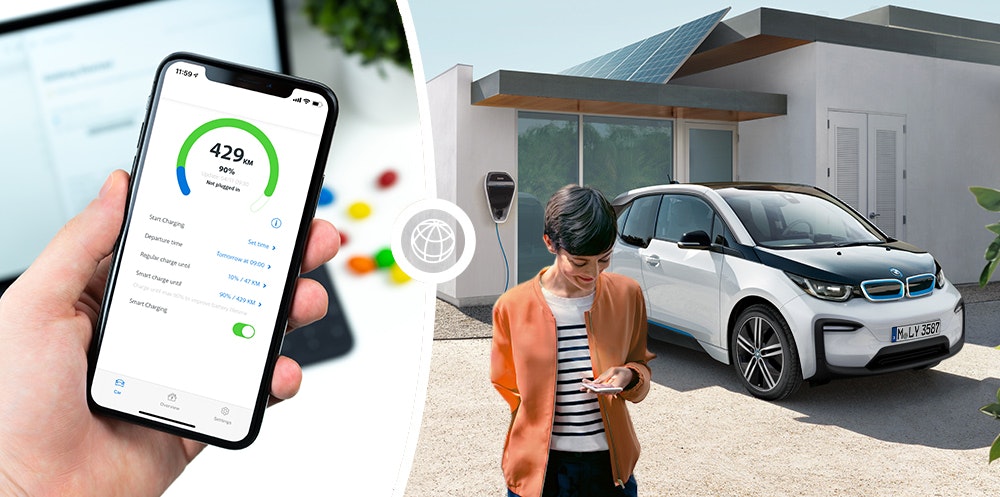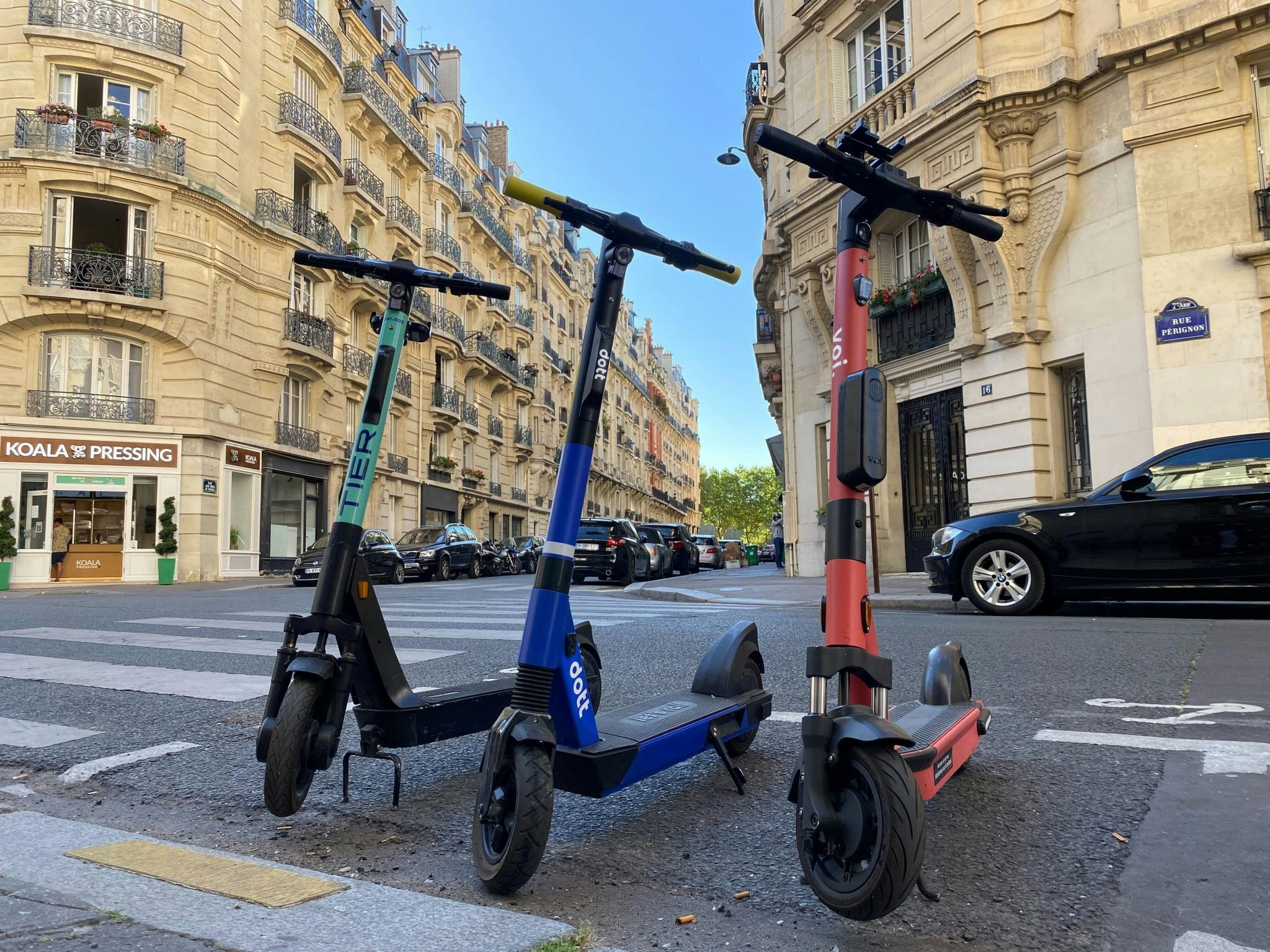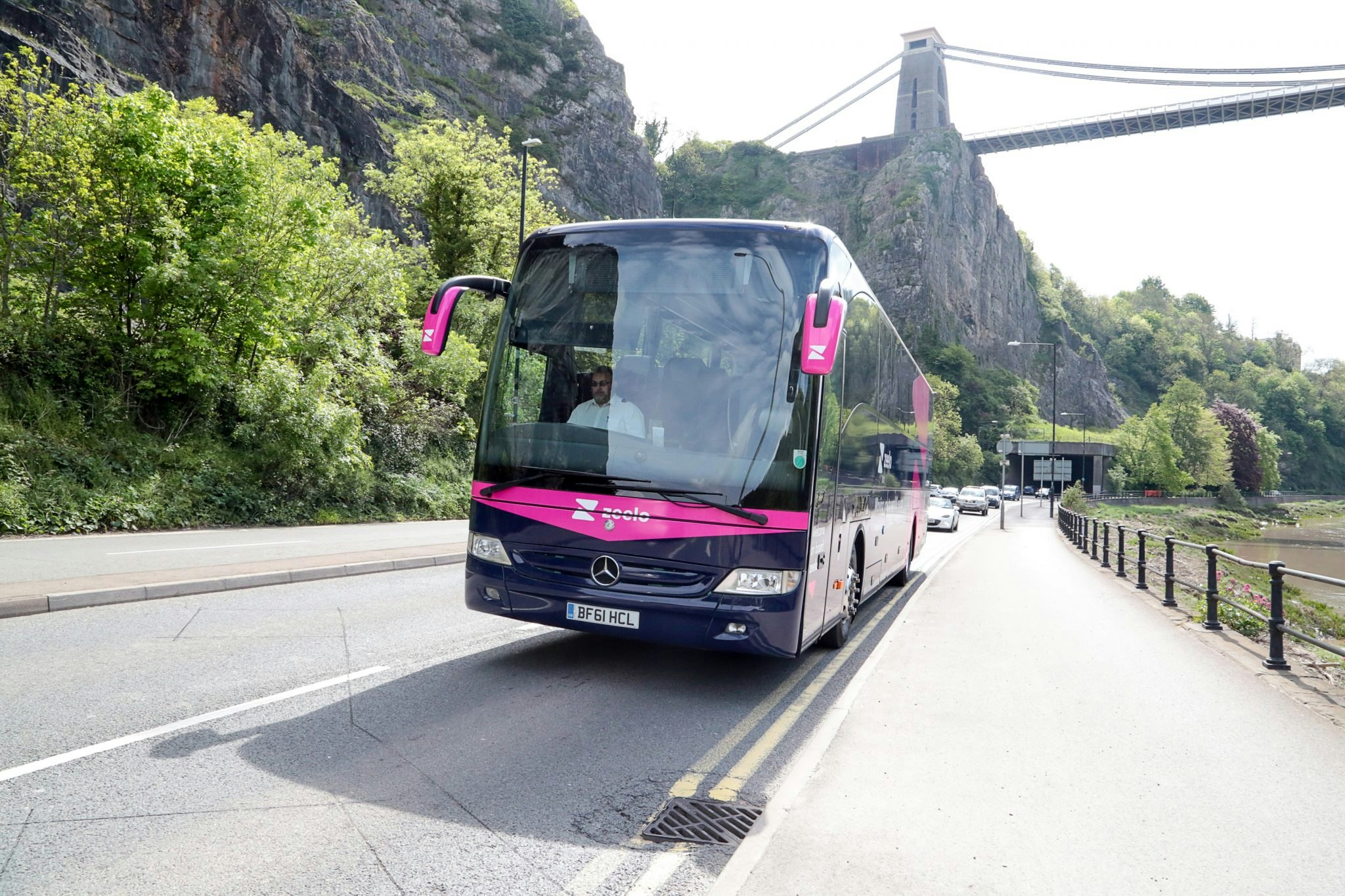Across Europe, public transport usage has severely dropped, and it’s not looking like it’ll pick up again soon.
London Underground passengers dropped to as low as 3% of pre-Covid levels, peaking at just 40% in June. In Madrid, metro usage also peaked in June but still only reached 63% of pre-Covid figures. Paris public transport is stuck at 50% of pre-pandemic levels, with Transilien director Sylvie Charles warning they may never return to previous usage.
So what will our daily commutes look like, post-Covid? What new startups have emerged looking to make more affordable and sustainable transportation alternatives? From electromobility to offices on trains and employee perks, here’s what the experts predict.
Sharing is caring
Increasingly, commuters are looking for easy solutions that will not only save them money, but are also better for the planet — and this means moving away from personal cars, which spend 96% of their time at a standstill.
And there are plenty of alternatives in the works; 2021 is already a record breaking year for investment in European mobility startups at all stages, with €1bn more raised than 2019’s peak of €1.2bn. Shared mobility is particularly ripe for opportunity, and the market now exceeds $60bn across China, Europe and the US — but what is it?
“Shared mobility is everything you can ride on that doesn’t belong to you. Car sharing, bikes, ebikes and escooters are all good examples,” says Gil Laser, CEO of GoTo, a multimodal vehicle sharing service that allows users to switch between electric cars, bikes and scooters with one application. Shared mobility means the cost of the journey or vehicle is shared between users, creating the experience of a private vehicle in a sharing model.

And the argument for shared mobility’s cost advantage will only increase. As our big cities become more and more populous — just under 75% of Europe’s population now lives in cities, compared with 52% in 1950 — space is at a premium. This means all generations are switching away from car ownerships, says Laser.
“It’s obvious that millennials and Gen Z don’t care for ownership in the way previous generations did, but we’re seeing customers across all ages. Our target audience is 30 to 55 years old, and their motivation is getting from point A to B as easily as possible,” he says. “This isn’t about one generation — it’s about the needs of the citizen.”
It’s obvious that millennials and Gen Z don’t care for ownership in the way previous generations did.
Ditching the company car
Reimagining big city travel alongside the remote working boom means we’ll likely see a change in company commuting policy.
Instead of fuel-guzzling company cars or expensive rail season tickets, Laser says we can expect to see a move towards employers reducing office and parking space, and focusing on when-you-need-them transport credits.
We’ve already seen lots of employees return company cars and ask for higher salaries.
“We’ve already seen lots of employees return company cars and ask for higher salaries,” says Laser. “Add in companies reducing office space, and we expect to see a huge trend in mobility credits. Employers can create mobility wallets for employees and add set amounts each month for travel on scooters, bikes or other shared mobility services.”
Mobility as an experience
The pandemic has without a doubt hit the gas on digital transformation across all sectors, and the daily commute is no different. Digital solutions enable new ways of travel, such as ride-pooling and shared mobility, but they also ease planning, booking and payment systems.
With this will come an increased focus on user experience, says Svenja Polst, engineering psychologist at Fraunhofer IESE, who specialises in mobility.
“Previously, mobility providers owned vehicles like taxis, buses and cars. With digitisation, mobility providers now offer services rather than vehicles. Providers need to think about how they best fulfil a user’s needs,” she says.
Public transport providers do not consider user needs sufficiently.
In a climate of remote working, health concerns and reducing carbon emissions, this means considering why people travel in the first place — rather than just moving them from point A to B.
“Mobility providers have to consider the purpose of travel much more strongly when designing their services. For example, why not offer office-style spaces in trains so you can work on a commute? Vehicle design can be adjusted to consider why people travel," she says. "In many places, public transport providers do not consider user needs sufficiently.”
Electrifying the commute
2020 was a difficult year for the auto industry, but electric vehicles (EV) are on the up. A record 3m electric cars were registered last year, 41% more than in 2019, according to the International Energy Agency (IEA). Many public transport systems are also seeing a move towards electric buses and trams.
While EV growth is having a positive effect on reducing carbon emissions, it will also create an overall faster and more stable transition to sustainable energy use, says Professor Wolfgang Ketter, director of the Institute of Energy Economics at the University of Cologne.
“The more solar and wind power we have feeding into our energy grids, the more electricity ‘demand flexibility’ we need to compensate for variations in supply. Sometimes the sun shines less or the wind is less powerful than predicted,” Ketter tells Sifted, explaining that EV batteries can be used to store electricity, with inverters then used to deliver electricity back into the central grid when supply is low — known as smart charging.
Sometimes the sun shines less or the wind is less powerful than predicted... electric mobility offers the flexibility we will need to keep grids balanced.
“Electric mobility offers the flexibility we will need to keep grids balanced,” he says.
A less pAInful commute...
Ketter tells Sifted that AI will increasingly play a role in coordinating our transportation.
“In a few years, companies with fleets of electric vehicles — like shared mobility services — will use AI to coordinate their vehicles as virtual power plants. They’ll use learning agents to determine which vehicles could earn more by offering local demand flexibility,” says Ketter.
Laser sees AI as key to the success of shared mobility business models.
“Commuters and transport users will only become reliant on shared transportation and reject vehicle ownership if they can be confident there will be a car on the next street or a bike waiting for them at the train station. AI that predicts demand is key to achieving that.”
Startups like Rotterdam-based smart charger Jedlix and London’s intelligent energy platform Kaluza are already incentivising smart charging at a consumer-level, connecting and storing electricity from millions of smart devices, before using AI to manage the cheapest and greenest time to charge them.

“In the future, AI will manage demand flexibility by pricing all aspects of mobility. It’s no longer just about private versus shared vehicles, but about all costs related to transportation, such as congestion, pollution and time of travel. AI will make it easier to choose the best option for you,” adds Ketter.



